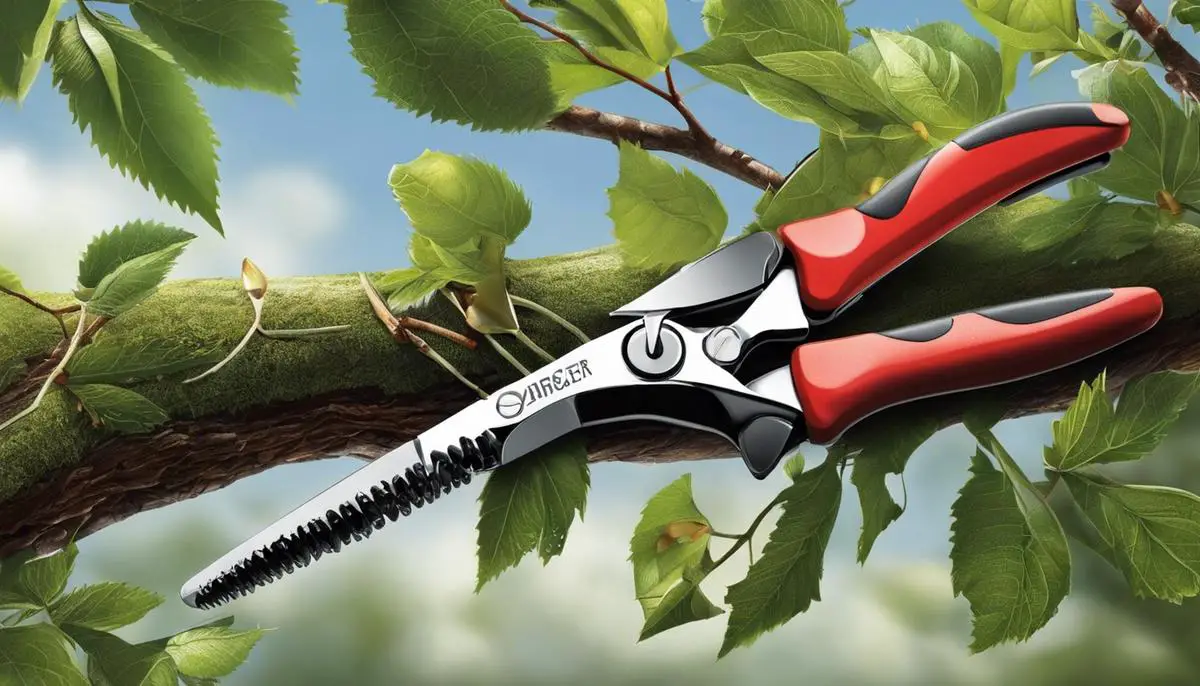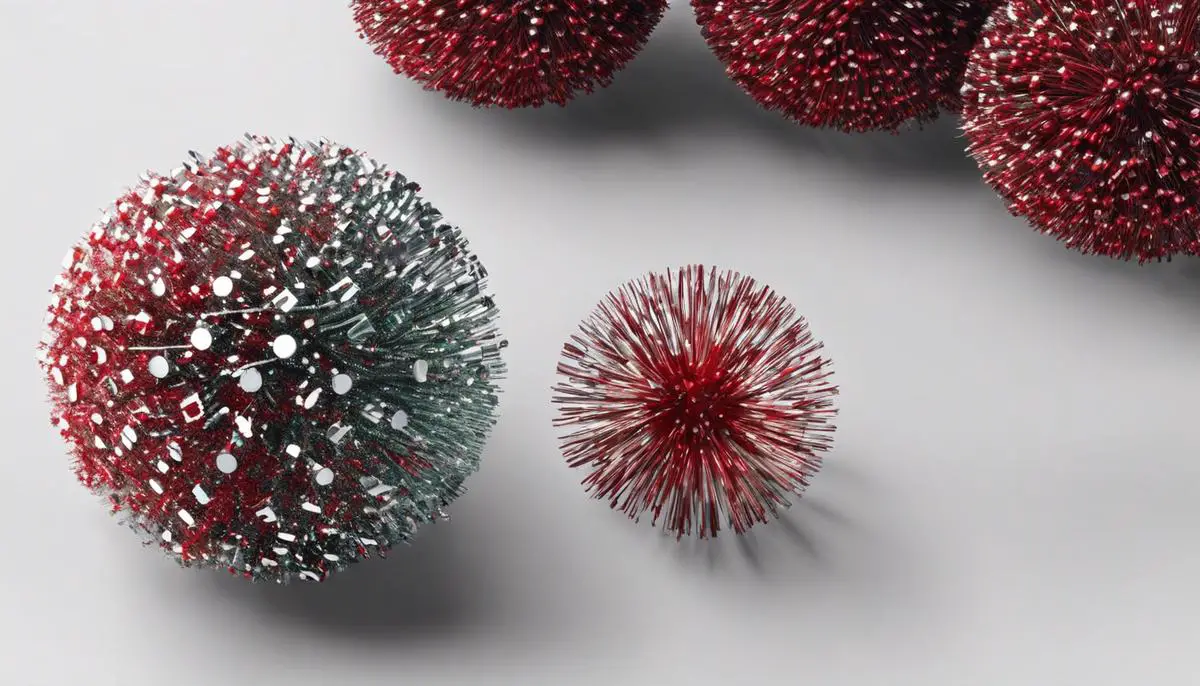In the ever-evolving realm of artificial intelligence, efficiency and performance often hinge on the agility and scalability of neural networks. Pruning has emerged as a pivotal strategy, striking a delicate balance between computational resourcefulness and model effectiveness. This exploration of pruning in AI delves into the intricate process of streamlining neural networks by selectively trimming weights and neurons, thereby honing in on the techniques such as weight pruning and neuron pruning that underpin today’s AI optimization efforts. Embarking on this journey will illuminate not only the theoretical underpinnings of this critical concept but also its profound impacts on crafting leaner, more efficient, and equally adept AI models.
Contents
Understanding Pruning in AI
AI Pruning: Streamlining Neural Networks for Efficiency
In the intricate world of Artificial Intelligence (AI), networks bloom with complexity, but not every branch bears fruit. Enter pruning, a critical process for refining neural networks. Much like gardeners who selectively trim plants to enhance growth, tech specialists apply pruning in AI to strip away the unnecessary, bolster efficiency, and accelerate performance.
Pruning, at its core, is an optimization technique. It tackles the issue of bloated neural networks – those rich in parameters, heavy on computational demands, and ravenous for data. This excess can lead to a cumbersome model, undesirable both in terms of storage and operational latency.
The pruning process involves the careful elimination of certain weights within the network. Weights in neural networks are the parameters that determine the importance of input features. By removing the weights with minimal impact – essentially deemed negligible for the network’s decision-making – the model becomes leaner, faster, and often more generalizable.
There are multiple approaches to pruning, but the crux lies in determining which connections to cut. One method is magnitude-based pruning, where weights that fall below a specific threshold are pruned. It’s a bit like skimming off the froth to leave behind the potent brew. Other techniques involve analyzing the structure of the network itself, such as removing entire neurons or layers which contribute less to the network’s capabilities.
For the enthusiasts eager to implement pruning, the general steps are as follows:
- Train your network: Before anything, the neural network must be trained to a satisfactory level of accuracy. Consider it priming the canvas before the actual art of pruning takes place.
- Evaluate Weight Importance: Identify which weights have the least impact on performance. This evaluation could be based on the magnitude of weights, or more sophisticated methods like Taylor Expansion, which considers the impact of the weight on the loss function.
- Prune: Once you’ve established the criteria, prune the weights accordingly. This effectively involves setting the selected weights to zero, essentially deactivating their influence in the network.
- Fine-tune: Post-pruning, it is vital to retrain (fine-tune) the network. This stage allows the AI to adjust to its new, streamlined structure, often regaining some of the performance lost in the pruning step.
- Iterate: Pruning is not a one-off event; it’s an iterative process. By cycling through steps 2-4, the network can gradually become more and more efficient without a significant drop in performance.
In real-world applications, pruning serves as a powerful tool for deploying AI in resource-constrained environments, like mobile devices or IoT gadgets, where every byte of memory and every millisecond of processing time counts.
Pruning answers the call for sleeker, swifter, and smarter AI. It reinforces the need for not just powerful models, but practical ones – efficient, deployable, and within the bounds of what’s pragmatically achievable. By embracing the art of pruning, the tech world can ensure that AI systems not only think fast but also run fast, fitting into the ever-shrinking compartments of tomorrow’s technology.
Now, go forth and prune – because in the garden of AI, less is often more.

Pruning Techniques and Algorithms
Unleashing Optimal Performance: Advanced Pruning Techniques for Neural Networks
When it comes to refining neural networks, several advanced pruning techniques surpass conventional methods, driving both accuracy and efficiency.
Iterative Pruning for Prolific Results
One of the advanced pruning strategies is iterative pruning. After the initial training and evaluation phases, implement a cyclic approach. During each iteration, prune a small percentage of weights based on their importance and then fine-tune. These micro-adjustments allow the network to gradually acclimate, preventing the significant shock that can accompany aggressive one-off pruning.
Layer-wise Relevance Propagation (LRP)
Digging deeper, utilize techniques like Layer-wise Relevance Propagation to assess the relevance of individual neurons to the network’s output. This granular insight facilitates precisely targeted pruning, ensuring the retention of critical pathways while dispensing with the redundant.
Automated Pruning via AI
Embrace the potential of AI to enhance pruning itself. Algorithms can now predict which connections may be safely severed, leaning on historical data and patterns. Automated pruning methods, such as AI-based ranking criteria, can dynamically adjust pruning rates and patterns, optimizing the network in ways that manual evaluation might overlook.
Pruning at Initialization
Consider applying pruning at the very start. Algorithms like SNIP (Single-shot Network Pruning) identify and eliminate unnecessary connections at initialization, before training begins. This preemptive measure can streamline the process significantly, eradicating the hassle of extra pruning iterations post-training.
Sparsity-Inducing Regularization
To address overfitting and induce sparsity, integrate sparsity-inducing regularization such as L1 or L2 during training. This approach guides the network to a naturally sparse state, reducing the manual effort required in the pruning phase and facilitating a network that is inherently efficient.
Pruning Using Second-Order Information
Introduce second-order information from the Hessian matrix of the loss function for a more informed pruning strategy. Algorithms like Optimal Brain Damage and Optimal Brain Surgeon pinpoint the least significant weights in the context of the loss landscape, allowing for precise excision with minimal impact on performance.
Energy-Aware Pruning
Shift focus to energy-aware pruning strategies, essential for deployment in mobile and edge devices. Measure the actual energy consumption of operations within the network and prune with the goal of minimizing power usage without significant loss of accuracy.
Knowledge Distillation
Lastly, leverage knowledge distillation techniques post-pruning. Train a smaller, student network to imitate the larger, pruned parent network, honing efficiency, and preserving performance. This confers the distilled essence of the network’s capabilities into a far leaner architecture.
In aggressively advancing adaptive neural network pruning practices, the tech landscape is witnessing a profound shift towards truly streamlined AI – an evolution resolutely embraced by those who place innovation at the forefront.

Implementing and Testing Pruned Models
Effective Implementation of Pruned AI Models: A Strategy That Cuts Through the Noise
In the rapidly evolving domain of pruned artificial intelligence models, the crux of the matter rests on not just removing the redundant weights but on ensuring that the pruned network persists in delivering on its set objectives. An optimized and practical strategy adheres to both the quantitative and qualitative assessment of a pruned model, accounting for performance as well as adaptability across platforms.
Commencing with metrics is crucial; before and after model pruning, take stock of accuracy, precision, recall, and F1 scores. But don’t stop at generic metrics. Deploy domain-specific performance measures for a more nuanced understanding of the model’s efficacy, especially post-pruning.
The role of validation sets magnifies in pruning. Ensure that the model is tested against data that mirrors real-world scenarios, not just the sanitized environment of training datasets. This robust validation necessitates a diverse dataset collection that encapsulates edge cases and anomalies.
Adopt a cross-validation strategy for a thorough analysis of the model’s stability. K-fold cross-validation, for instance, enhances the reliability of the performance assessment, eliminating the biases of a lucky split. Keep a vigilant eye on signs of overfitting. If a model performs exceptionally post-pruning but falters on validation data, it’s back to the drawing board.
When diving into fine-tuning, adopt a dynamic learning rate scheduler. Post-pruning, the model’s learning dynamics shift. Modulating the learning rate could make the difference between a fine-tuned success and a model that’s lost its edge.
For iterative pruning, don’t prune in one fell swoop. Instead, take an iterative, gradual approach that allows the model to adjust and re-learn after each pruning phase. It’s not a sprint; it’s a marathon where the model progressively adapts, resembling the principle of survival of the fittest.
Testing also means stepping outside the comfort zone of controlled environments. Execute inference tests on the actual hardware the pruned model is intended for, whether it’s a high-end server or an edge device. The latter often reveals the model’s latency and real-time performance capabilities which are imperative to end-user satisfaction.
Lastly, inject automation into continuous integration/continuous deployment (CI/CD) pipelines for pruned models. This involves setting up automated tests to run every time changes are made, ensuring efficiency and consistency in model performance. Automated regression testing is particularly indispensable, alerting to any performance deviation that could compromise the model’s integrity.
The overarching narrative is clear: the implementation and testing of pruned AI models must be rigorous, adaptive, and iterative, encompassing a broad range of scenarios and continuously refining with automated processes. Steer away from generalizations, focus on the peculiarities of each use case, and charge towards deployment with performance metrics as a guiding light. Efficiency doesn’t terminate with pruning; it’s perpetuated through exhaustive, resource-aware testing and fine-tuning.

The art of pruning within artificial intelligence is both a measured retreat and a strategic advance, an intricate dance between preserving knowledge and enhancing performance. As we have navigated the various avenues of pruning techniques and their implementations, it is evident that this delicate exercise is more than a mere act of elimination – it’s a process of transformation that ensures AI systems remain robust yet responsive to the relentless pace of technological progress. Embracing the multifaceted nature of pruning propels us toward a future where streamlined networks are not just an optimal choice, but an essential component in the ever-scaling landscape of artificial intelligence.

Emad Morpheus is a tech enthusiast with a unique flair for AI and art. Backed by a Computer Science background, he dove into the captivating world of AI-driven image generation five years ago. Since then, he has been honing his skills and sharing his insights on AI art creation through his blog posts. Outside his tech-art sphere, Emad enjoys photography, hiking, and piano.
